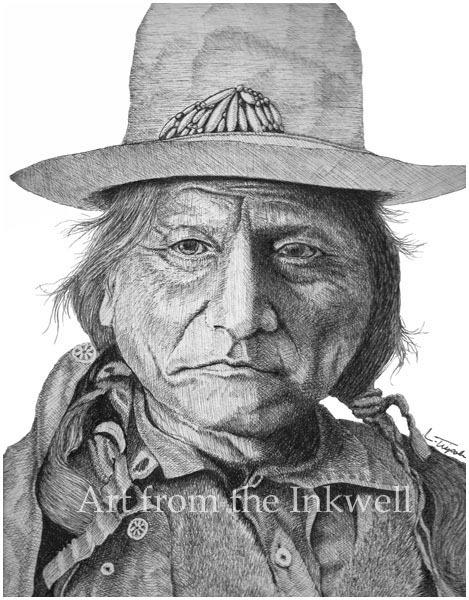Sitting Bull was a member of the Hunkpapa Sioux, and to his people, he was known as Tatanka-Iyotanka. Sitting Bull was a military, religious, and political leader of his tribe, and a staunch defender of his people’s lands and lifeways, which were threatened by the intrusion of white settlers and miners on treaty-guaranteed tribal territories. These violations provoked war in 1876, and in June of that year, Sitting Bull and other tribal leaders took part in the defeat of Custer’s troops at the Battle of the Little Big Horn. Faced with a massive U.S. military counteroffensive, Sitting Bull and his 4,000 followers fled to Canada, where they remained until 1881. After 2 years as a prisoner of war, Siting Bull settled on the Standing Rock Reservation and later toured with Buffalo Bill’s Wild West Show. Ever the staunch critic of U.S. Indian policy, Sitting Bull became an apostle of the Ghost Dance, an Indian religious revival movement, which spooked white officials at the Standing Rock Reservation. In 1890, in an effort to quell Sitting Bull’s popularity and influence, Indian police stormed his cabin, sparking a bloody shootout, in which Sitting Bull was killed.

